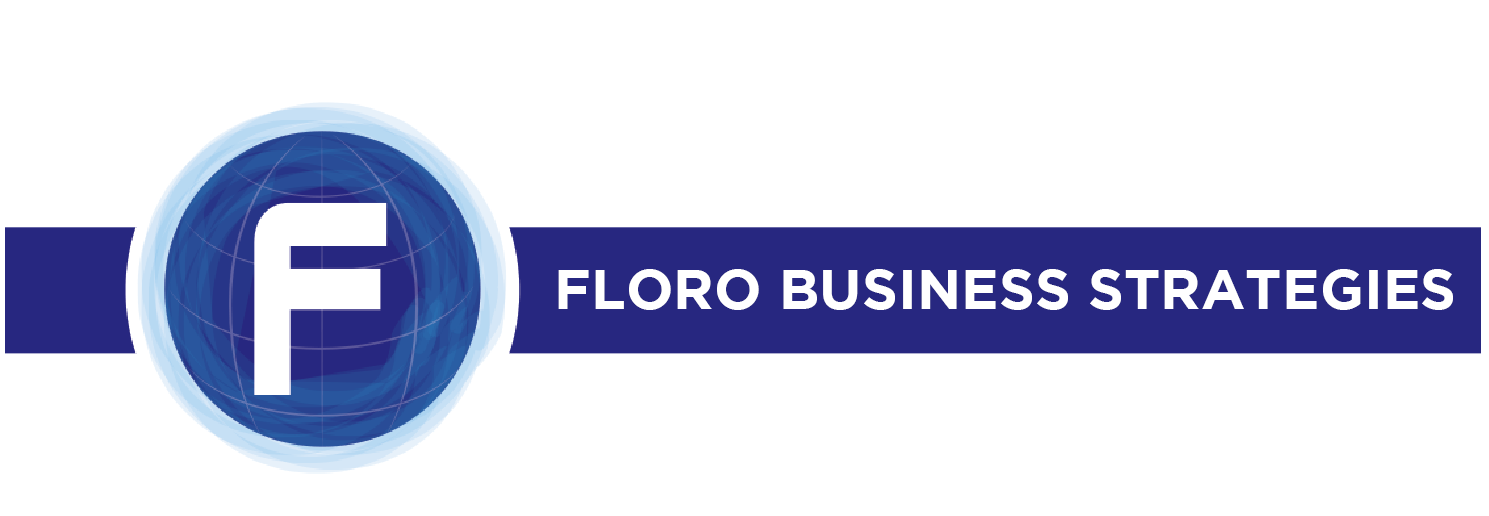Action Items that Cultivate Supply Chain Resilience
In previous weeks, we discussed the three pillars of supply chain resilience: survival time, damage assessment, and competency. These three items mean the difference between surviving a global crisis and shutting down operations. With these metrics in mind, we may now take action to ensure our supply chains are always prepared for the unexpected.
In addition to forming a foundation for supply chains, there’s continued action items that should be carried out and developed into processes:

Supply buffer
When a crisis arises, you cannot always predict how it will affect your suppliers and their production line. Therefore, it is important to remain proactive by having a supply buffer. Having a supply buffer simply means you have more product on hand than you may actually need, in the case that your suppliers experience a drop in productivity.
Having a supply buffer allows you to fill customer orders even if your suppliers are experiencing delays. When placing orders with your suppliers, consider what items may have limited availability during a crisis and stockpile these items.
Multi-sourcing and diversification
Another way to mitigate risk would be to multi-source. Just as a supply buffer cushions the blow of an unexpected crisis, multi-sourcing is another proactive measure.
It is important to use suppliers and distributors from several regions and possibly other countries. If the operations of one supplier or distributor have been disrupted, you have several other options available. This regional/global diversification is crucial, as the economy and market trends are different and fluctuate from region to region.
Observe market trends
One of the most common ways to mitigate risk is to observe market trends and anticipate potential outcomes. There are several platforms that allow you to track trends in supply/demand, cost, supplier financial health, and more, so you may predict market shifts and take action.
When it comes to cultivating supply chain resilience, prevention and preparedness are key. Crisis happens without warning — so don’t overlook your blindspots! Be aware, be prepared, and take preventative action to ensure your business continues to thrive in the midst of a crisis.
The professionals at Floro Business Strategies specialize in predicting market shifts and developing strategies to prevent and address impacts. If you’re looking to cultivate supply chain resilience but you’re not sure where to begin, contact us today! We’d love to set up a meeting to discuss your crisis strategy.
Don’t forget to follow us on Facebook and LinkedIn.







0 comments on Action Items that Cultivate Supply Chain Resilience